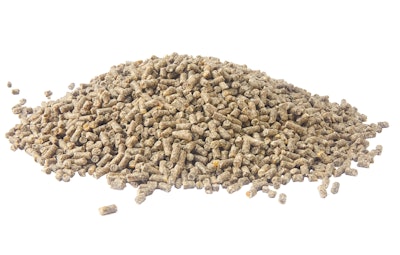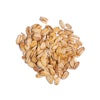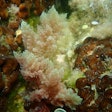
This week, a ceremony took place to inaugurate a significant new development including a feed mill in the southwest of Luzon.
This is located in the city of Batangas, in the Calabarzon region, and is operated by the Sorosoro Ibaba Development Cooperative (SIDC) Grains Terminal and Trading Project, reports the official Philippines News Agency (PNA).
Present at the inauguration was President Ferdinand R. Marcos Jr.
He described the SIDC as an example of how a cooperative should be run, and how it can benefit not only its own members, but the whole country.
The investment will improve the storage conditions for corn, and this will help strengthen the Philippines’ poultry and livestock farming, said the president.
Two storage silos at the new facility have a combined capacity of 12,000 metric tons (mt) of corn, and 480,000 sacks of feed. This is sufficient for approximately 600,000 chickens or 100,000 pigs.
Founded in 1969, SIDC has become one of the nation’s largest farming cooperatives, according to PNA.
Among its recent investments is a modern rice mill, which can process up to 5 mt per hour.
Feed distribution scheme for duck farmers
Support for small-scale farming in the Central Luzon region has also been announced this week.
This comes in the form of a feed distribution initiative to boost duck farming in the province of Pampanga, reports PNA.
According to Department of Agriculture (DA) Secretary Tiu Laurel Jr., Central Luzon is the center of duck production in the Philippines. It has a farmed duck population of 4.9 million, which supply 56% of the nation’s demand of duck eggs, and 27% of duck meat.
Under the latest scheme, each registered owner of at least 100 ducks will be supplied with between 450 and 850 kilograms of feed, ranging from PHP15,000 to PHP28,000 (US$261-488). The support is capped at 2,000 birds. Close to 1,000 duck farmers are expected to benefit from the initiative.
Rising feed prices are just one of the challenges that have been challenging the sector, according to the official. He said the DA has previously offered support to duck farmers in the form of avian flu testing and post-harvest facilities.
According to Laurel, it is planned for the initiative to become a multiyear program, and expand to other provinces.
More on the Philippines’ duck sector
Latest statistics on duck farming released by the Philippines Statistics Authority are dated December 31, 2024.
On that date, the total national duck flock was 13.9 million. This represented a year-on-year drop of 0.7%, while the laying duck population was up 0.5% at 7.9 million.
Just over 70% of the country’s ducks were kept by smallholder farmers, with 27% in semi-commercial units, and 2.4% on commercial farms.
For comparison, the total chicken population was more than 206 million on the same date.
According to PSA, duck meat production amounted to just under 27,000 mt in 2024, and was valued at PHP5.16 billion. Highest production was recorded in South Cotabato (on the island of Mindanao; 2,880 mt), followed by Pampanga (2,580 mt).
Total national duck egg production last year was close to 53,000 mt. Pampanga is the province with the highest output, at 29% of the total.













